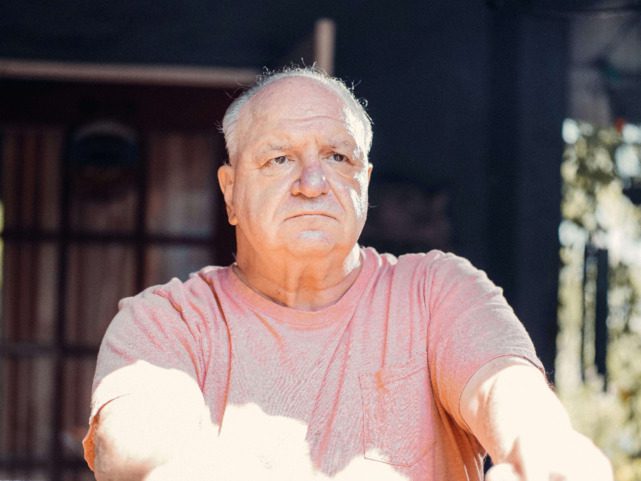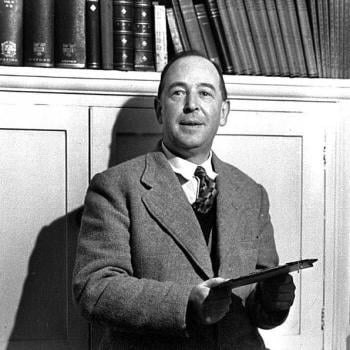The big religion news over the last few years is the growth of the Nones, the people who say on surveys that their religion is “none.” We have blogged quite a bit about this, including last week with Why Are So Few “Nones” Atheists? But now there is another development.
Since 2020, the percentage of Nones has been hovering around 35%. That’s a lot, to be sure, and the percentage of Americans who are religious has certainly declined. But Burge’s data suggests that the decline has stalled, maybe, according to the trend lines, stopped, or at least plateaued.
Here are the percentages, the differences of which are statistically insignificant:
- 2020: 34%
- 2021: 36%
- 2022: 35%
- 2023: 36%
In 2008, the percentage of Nones was 21%. Five years later, the number shot up to 30%. That number grew until 2019, when the number reached 35%. After that, the numbers have mostly stayed the same, going up or down a little in statistically insignificant ways: 2020: 34%; 2021: 36%; 2022: 35%; 2023: 36%.
Interestingly, the percentage of atheists has been remarkably stable since 2015, when the percentage was 6%, except for 7% in 2019. In 2013 and 2014, the number was 5%. This was a jump from 2009 through 2013 when it was 4%.
This is encouraging news overall, but when Burge slices and dices the data, he uncovers some more good news but also something sad.
While the percentage of Nones has been the same over this five-year period, this is partially because it has gone down for some demographics but has gone up for others. Specifically, it has gone down for younger people, which certainly bodes well, both for them and for the future of the church. Among Generation Z, those who were born after 1996, the percentage has dropped considerably, from 48% in 2022 to 46% in 2023.
But for members of the so-called Silent Generation, those born between 1925 and 1945–the fast-disappearing cohort that lived through the Depression and World War II–over those years when the percentage of Nones were stabilizing, their numbers have shot up. In 2008, only 12% of our parents and grandparents and great-grandparents were Nones. That has risen steadily until in 2023, that number has risen to 21%! One-fifth of our elderly now say they have no religion!
Why is that? As these people near death, they have no solace in their faith? Is it because they can’t go to church anymore and check “None” because they aren’t active in any congregation? Have they been abandoned by their congregations? This is beyond tragic, uncovering an important need for ministry.
We Baby Boomers, born 1946-1964, are not doing much better. In 2008, the percentage of None Boomers was 17%, but that has risen by 2023 to 28%.
To be sure, the total percentage of Generation Z Nones (46%) is higher than Silent Generation Nones (21%), but why is the former going down, while the latter is increasing? Any theories?
Photo by Kindel Media via Pexels, public domain: https://www.pexels.com/photo/an-elderly-man-with-an-unhappy-facial-expression-8172241/














